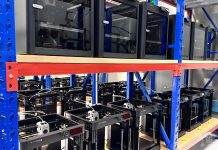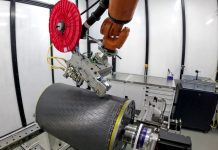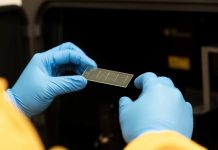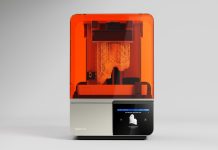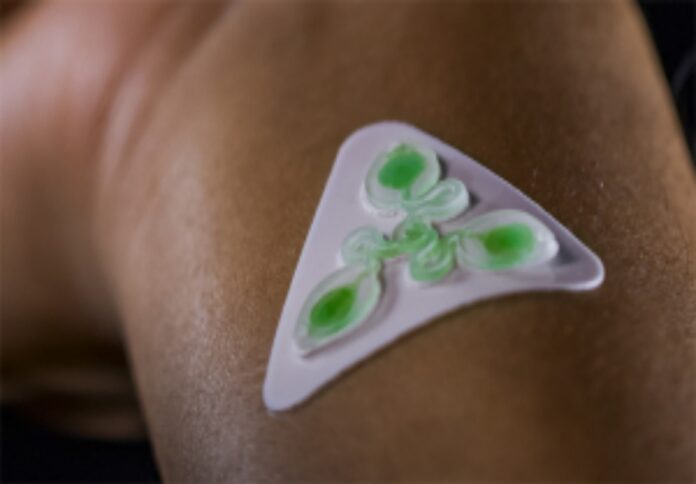
Researchers at the University of Hawaii’s Manoa College of Engineering have taken a huge step ahead in sweat analysis with an innovative 3D-printed wearable sweat sensor known as the “sweatainer.”
The sweatainer, which uses the additive manufacturing process, is a small, wearable device the size of a child’s sticker that gathers and analyses sweat, providing a glimpse into the future of health monitoring.
The new invention’s design includes a number of sensors, and it can analyse sweat in a manner like the earlier wearable sweat-sensing devices, but with a more effective and economical method, the researchers said in a news release.
“3D-printing enables an entirely new design mode for wearable sweat sensors by allowing us to create fluidic networks and features with unprecedented complexity,” Department of Mechanical Engineering Assistant Professor Tyler Ray said.
Ray noted that the sweatainer is using 3D printing to demonstrate the immense potential that this approach presents for the accessible, inventive, and cost-effective development of advanced wearable sweat devices.
In the research, the sweat samples from the skin were initially collected using absorbent pads or microbore tubes for sweat analysis.
The scientists said the method requires specialised handling, skilled workers, and pricey laboratory equipment.
Wearable sweat sensors have made some of these problems easier to overcome, however, they can only gather one sample of sweat for analysis.
When the device is full, the sweat collection must be stopped, and it must be removed, according to researchers.
The sweatainer’s “multi-draw” sweat-collecting mechanism, which enables the collection of many, separate sweat samples for analysis either directly on the device or transmitted to a lab, is one of its distinguishing features.
This development, inspired by the vacutainer used in clinical blood sampling, not only improves sweat collection efficiency but also opens up new options for at-home testing, storing samples for future research, and combining them with existing health monitoring technologies.
The findings were published in the journal Sciences Advances on 3 May.
Assistant Professor Ray and mechanical engineering students Chung-Han Wu, Howin Jian Hing Ma, Paul Baessler, and Roxanne Kate Balanay co-wrote the paper.


